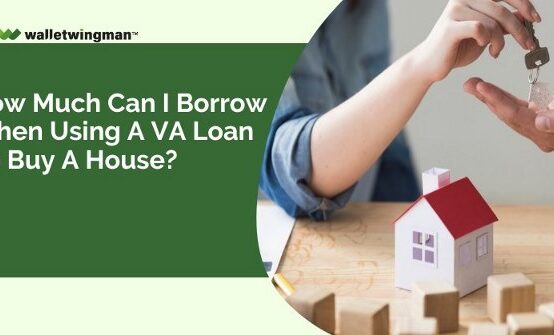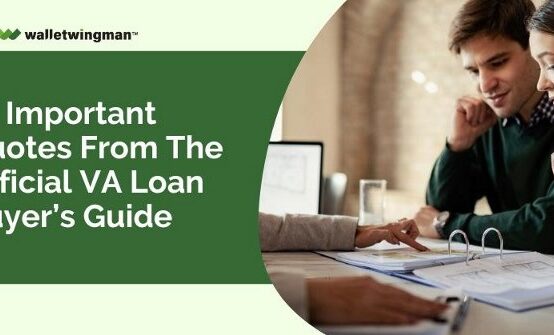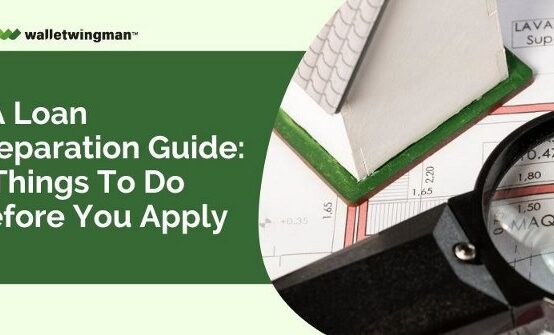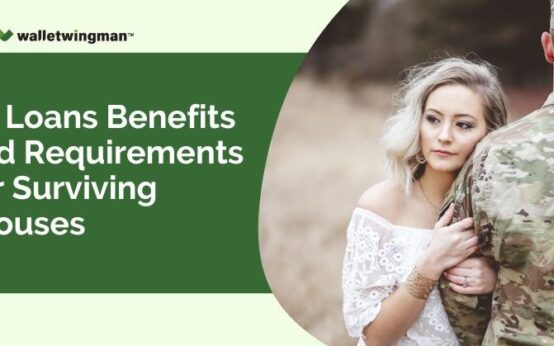Ready to turn your homeownership dreams into reality? If you’ve served our country in the armed forces, VA loans are one of the most valuable assets you may have at your disposal. These amazing loans offer veterans and service members the chance to secure a home with little to no down payment and some of the most competitive interest rates out there. We know paperwork isn’t anyone’s idea of fun, but don’t worry—this comprehensive VA loan checklist walks you through all the essential VA home loan documents you’ll need, so you can focus on finding your perfect home rather than stressing about the process.
Essential VA Loan Requirements to Qualify
Before diving into the specific VA loan paperwork, it’s important to understand that the VA loan program is designed to be accessible for veterans and active service members. To qualify, you’ll need to meet service requirements and financial criteria set by both the VA and your lender.
The process begins with verifying your eligibility through the Department of Veterans Affairs, followed by a standard financial assessment by your chosen lender.

Complete VA Loan Documents Checklist
Here’s a comprehensive breakdown of the VA loan documents you’ll need to prepare when applying:
1. Service and Eligibility Documentation
- Certificate of Eligibility (COE): This official document from the Department of Veterans Affairs confirms you qualify for the VA home loan benefit. Don’t worry if you don’t have this yet—many lenders can obtain it for you once you begin the application process.
- DD-214 Form: Also known as Certificate of Release or Discharge from Active Duty, this document is typically required to obtain your COE. National Guard and Reserve Veterans may need different forms, such as NGB Form 22 and retirement points statements.
2. Personal Financial Documentation
- Identity Verification: A copy or photo of your driver’s license, state ID, or other government-issued identification.
- Income Verification: Recent pay stubs, W-2 forms, and tax returns from the past two years to demonstrate your financial stability.
- Bank Statements: Complete statements (all pages) from your checking and savings accounts, typically from the last 2-3 months.
- Employment Verification: Documentation of your current employment status, which may include verification letters or contact information for your employer.
- Credit Report: Your lender will obtain this directly from the major credit bureaus to evaluate your credit history.
- Debt Information: Details about your current debts including auto loans, student loans, credit cards, and other financial obligations to determine your debt-to-income ratio.
3. Property-Related Documentation
- Home Purchase Contract: The agreement outlining the terms and conditions of your home purchase, including price, closing date, and contingencies. You might not have this yet if you are still in the pre-approval process, but you will need one for the underwriting process.
- Property Appraisal: A professional assessment of the home’s fair market value, which also confirms the property meets VA’s minimum property standards.
- Homeowners Insurance Policy: Proof of insurance coverage that protects your property from various risks, typically required before closing.
4. Additional Documentation (If Applicable)
- Divorce Decrees or Child Support Information: Documents showing financial responsibilities like alimony or child support payments.
- Other Specialized Documents: Depending on your specific situation, additional paperwork may be requested by your lender.

How to Submit Your VA Loan Processing Checklist
Modern lenders offer multiple ways to submit your VA loan paperwork. Choose the method that works best for you:
- Electronic Submission: Upload scanned documents or photos through secure online portals or encrypted email.
- Fax: While less common today, some institutions still accept secure fax transmissions.
- Postal Mail: Send hard copies via regular mail, though this may extend processing time.
- In-Person Delivery: Hand-deliver documents directly to your lender’s office.
Most borrowers now prefer electronic submission for its speed, convenience, and security. Your lender will provide specific instructions on their preferred submission methods.
VA Loan Benefits Available to Veterans
Beyond the standard purchase loans, the VA offers several specialized benefits and programs:
- Purchase Loans: Finance a home purchase with competitive rates, often with no down payment or PMI.
- Native American Direct Loan (NADL) Program: Special financing for eligible Native American veterans purchasing, constructing, or improving homes on Federal Trust Land.
- Adapted Housing Grants: Financial assistance for veterans with service-connected disabilities to purchase or modify homes for accessibility.
- Foreclosure Avoidance Assistance: Financial counseling to help veterans avoid foreclosure during difficult times.
- State Resources: Many states offer additional benefits, including property tax relief for qualified veterans.
- VA Loan Overview Podcast: Listen to a podcast about the benefits of the VA Home Loan program and helpful tips about owning a home.
Tips to Streamline Your VA Loan Application Process
Want to ensure your VA loan processing checklist moves smoothly toward closing? Follow these helpful strategies:
- Organize Your Documents Early: Gather all required paperwork before starting the application process or know exactly how to access them when needed.
- Respond Promptly to Requests: When your lender asks for additional information or clarification, quick responses keep the process moving.
- Provide Complete Information: Ensure all information is accurate and up-to-date to avoid delays or repeated requests.
- Maintain Open Communication: Stay in regular contact with your loan officer, especially if your financial situation changes.
- Practice Patience: The VA loan process involves multiple steps and verification procedures. Understanding this from the start helps maintain realistic expectations.
While getting through the VA loan requirements might seem like an uphill battle, the benefits of a VA loan far outweigh the challenges of getting one. Working with an experienced lender who specializes in VA loans can make all the difference. The effort is well worth it when you consider the significant upsides these loans offer to those who’ve served our country.
Remember, this VA loan checklist is meant to help you prepare, but your specific situation may require additional documentation. Always consult directly with your chosen lender for personalized guidance.


 How Much Can I Borrow When Using a VA Loan to Buy a House?
How Much Can I Borrow When Using a VA Loan to Buy a House?  10 Important Quotes from the Official VA Loan Buyer’s Guide
10 Important Quotes from the Official VA Loan Buyer’s Guide  VA Loan Preparation Guide: 7 Things to Do Before You Apply
VA Loan Preparation Guide: 7 Things to Do Before You Apply  Why San Antonio, Texas Is The VA Loan Capital Of The U.S.
Why San Antonio, Texas Is The VA Loan Capital Of The U.S.  The VA Advantage: Securing Your Second Home with A VA Loan
The VA Advantage: Securing Your Second Home with A VA Loan  VA Loans Benefits and Requirements for Surviving Spouses
VA Loans Benefits and Requirements for Surviving Spouses 